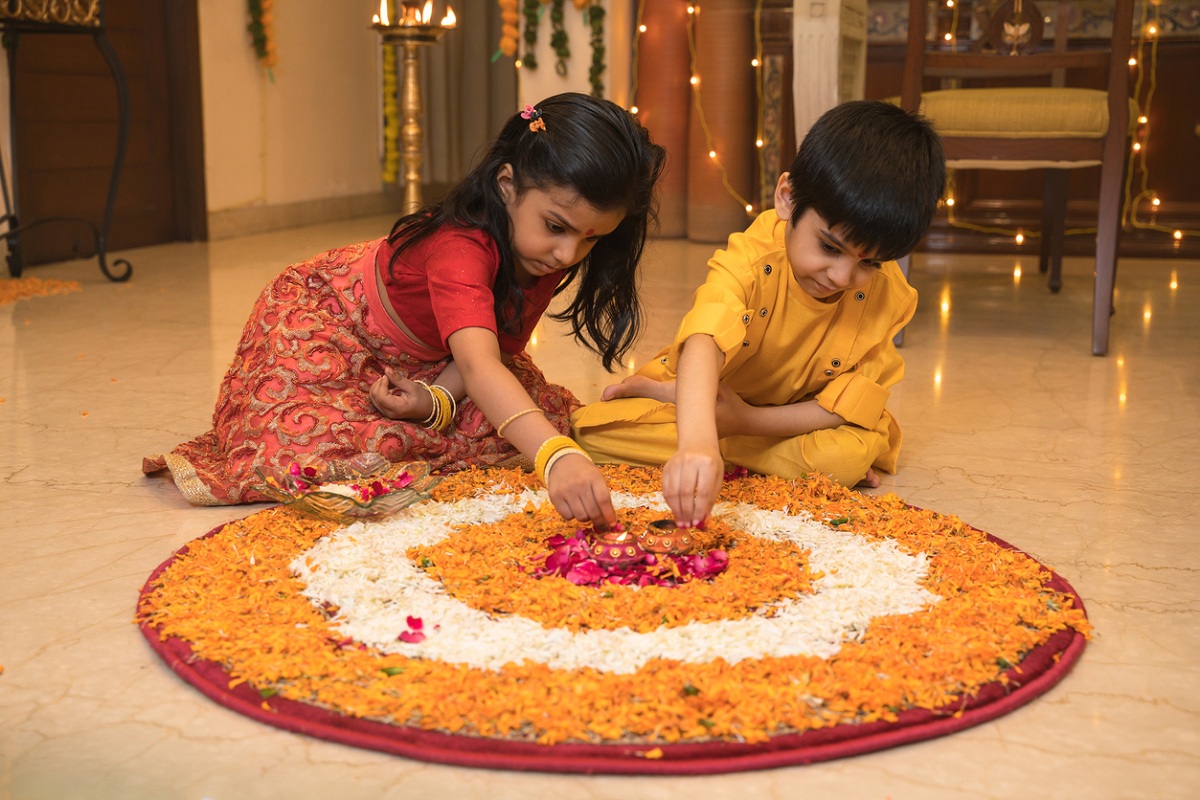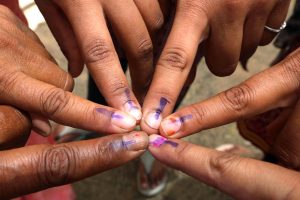Diwali, the festival of lights has its name derived from the Sanskrit word
Deepavali, meaning ‘row of lighted lamps’. Diwali symbolises the victory of
light over darkness, so people light up diyas outside their homes in believe that
the divine lamp will dispel all darkness and illuminate lives with hope and
prosperity.
However, Diwali is not just the festival of lights. With many religious and
mythological significance attached with the festival, different parts of India
celebrate Diwali in different ways with glitz and sparkles.

Why do we celebrate the festival of lights? Take a cue from the lesser known facts about Diwali.
According to Ramayana, Diwali marks the return of Lord Rama to Ayodhya
along with wife Sita and brother Laxman, after 14 years of exile. Ram defeated
Ravana on Vijay Dashami and returned to his kingdom on Diwali. To welcome
him with grandeur and celebrate the triumph of good over evil, people of
Ayodhya illuminated the streets of the city with earthen lamps and diyas.
Parts of South India celebrate Diwali in honour of Lord Krishna, the ninth
incarnation of Shri Vishnu. It is believed that Lord Krishna killed the demon king
Narakasura a day before Diwali which is known as Naraka Chaturdashi, the
chaturdashi of Krishna Paksha in the month of Kartik. The day begins by taking
a holy bath, then Puja is performed and lamps are lit up in the evening to
dispel the darkness and evil powers.
Many people follow the age-old tradition of worshipping Maa Laxmi, the
goddess of wealth on Diwali to bring in wealth and prosperity to their homes.
According to Hindu Puranas, it marks the birth of Lord Laxmi from Samudra
Manthan by churning of the cosmic ocean of milk. However, in some parts of
the country it is believed that Diwali marks the celebration of Maa Laxmi’s
wedding with Lord Vishnu.
West Bengal
People of West Bengal celebrate Diwali as Kali Puja. Maa Kali, an incarnation of
Durga is the depiction of ‘Shakti’ or power. It is said that, infuriated with the
corruptions of the evil powers Maa Kali aroused her raged avatar and got into
a bloody battle of destruction to take on the torment of the world. On the new
moon day (Dipannita Amavasya) of the Kartik month of Hindu calendar, Maa
Kali is worshipped to eliminate the darkness and bring in a new light of joy.
Bandi Chhor Divas in Sikhism
For the Sikhs, Diwali is the dawn of freedom. They celebrate the day to mark
the victory of the faith’s sixth guru, Guru Hargobind Sahib, as he was released by Mughal emperor Jahangir, who imprisoned him along with 52 kings in Gwalior Fort for several months. The day is celebrated as Bandi Chhor Divas, meaning the day of liberty.
Diwali in Jainism
In Jainism, Diwali has a special significance because it observes the anniversary of Nirvana or liberation of Mahavira’s soul, the last Jain Tirthankara of present cosmic age.
Gujarat
Diwali in Gujarat marks the commencement of Gujarati New Year because it’s
the first day of Kartik (Ekam). As per Indian lunar calendar, Kartik is the first
month of the year and people of Gujarat celebrate the day with fun and gaiety.












